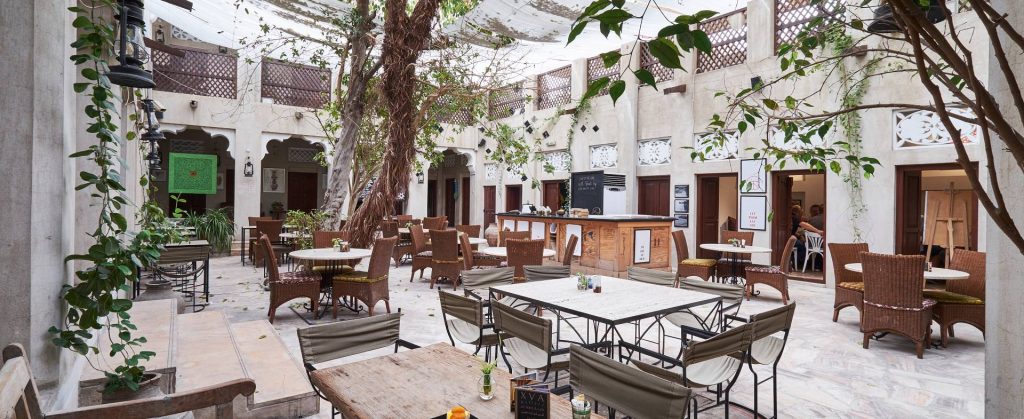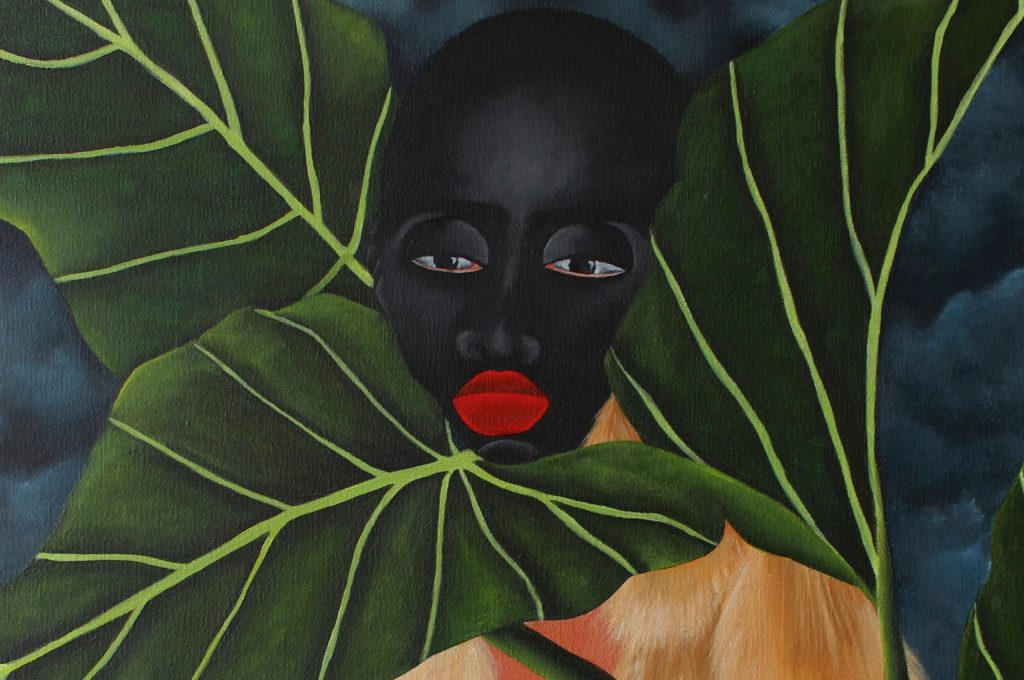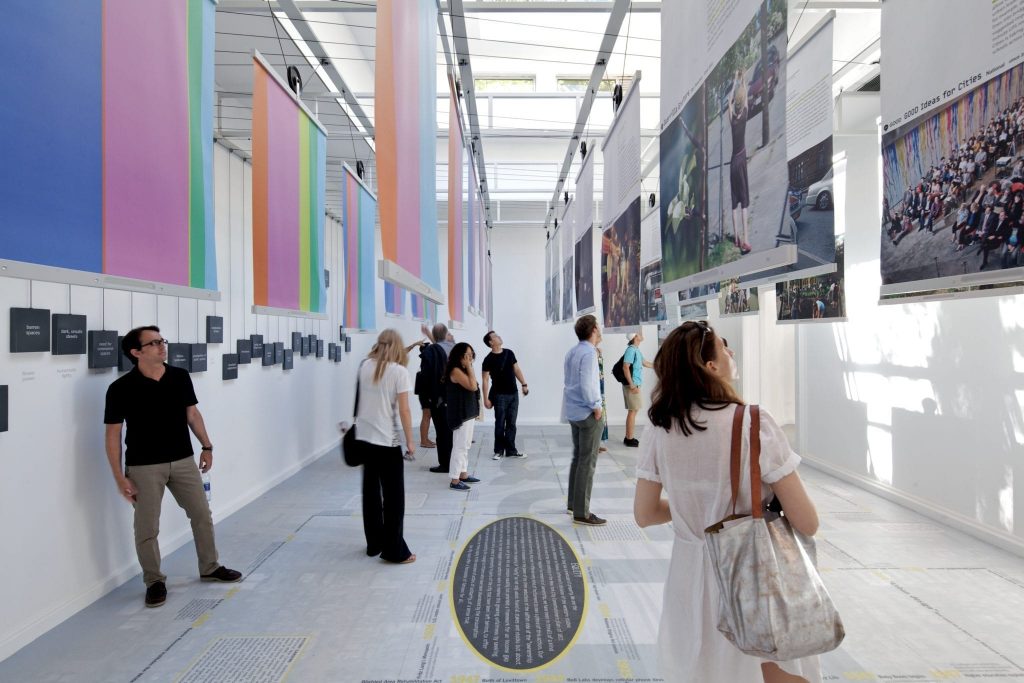In a time when uncertainty and fear on so many levels have become our daily routine, investing in contemporary artwork may be the answer for you. Investing in artwork is of course not purely financially motivated, but many investors who are attracted to traditional methods of investment are diversifying due to the higher potential returns from investing in contemporary art.
Normally the impetus for purchasing artwork is a combination of financial return coupled with a passion and desire for the artwork, visually as well as part of a growing status symbol. Art is increasingly becoming part of a social lifestyle membership which is exaggerated by the increasing importance of social media in people’s daily lives.

Deloitte Art & Finance Report in 2016 showed that 72% of collectors were primarily motivated by emotional returns, 61% by social returns (being part of a social scene, network of like-minded people), and 64% by financial considerations (investment returns). The average return has been 10.85% per year 1965 – 2016 (Mei Moses Art Index).
There are many aspects to consider when investing in contemporary art. One of them is deciding whether or not you want to invest in emerging or well-established artists and I would suggest mixing your investment portfolio with both, depending on what risk you want to take. You should find a knowledgeable art dealer (Box Galleries!) who can source artwork in both fields and can give you a well-rounded perspective of the art market landscape.
_original.jpg)
With a well-established artist, you should look at the presence of a secondary market ie. can the work be re-sold? Your art dealer will be able to give you examples of comparative work at auction houses such as Phillips, Sothebys, Bonhams and Christies. Try to obtain a professional opinion that with well-established artists, despite being internationally acclaimed, their prices still have scope for high returns in years to come.
With emerging artists, we look for unique style, consistency and attributes that make an artist’s work instantly recognisable. Is the image consistent with the artist’s style?
As with buying property, patterns of pricing and market conditions are of course relevant and you should always push yourself to buy the best within your budget. Most people will either be inherently risk averse or willing to take the jump naturally but jump as far as you can go for best results!

Buying Originals is always a better investment than buying prints.
Try and make sure that the artist is not prolific and producing lots of similar images and of course do your own research on the artist.
In truth, it is not always easy to quantify what sort of return to expect, and investment returns are more unpredictable at the less established end of the market. Nevertheless, during the past 10 years, the art market has continued to flourish despite the recession. You might see a potential capital growth of around 20% per year and some of the biggest auction sales have consistently happened during this time. A lot of new clients have bought because they feel safer and would rather have their money in artwork that they can enjoy than sitting in a bank. Art really is an asset class that can help you protect and grow your wealth.
We at Box Galleries link up with Private Equity and Asset Finance companies to educate and hold events on art as an investment so that those who may be well-versed in traditional investment assets can learn more on the subject.
NB: All featured images are artwork available to buy from Box Galleries.
 Established by Emma Moir in 2012, Box Galleries is a contemporary art gallery on the Kings Road in Chelsea, London.
Established by Emma Moir in 2012, Box Galleries is a contemporary art gallery on the Kings Road in Chelsea, London.
Box specialises in bringing together recognised investment artwork with emerging talent and taking the artwork to your home/office or commercial venue to trial the artwork in situ before you buy.








